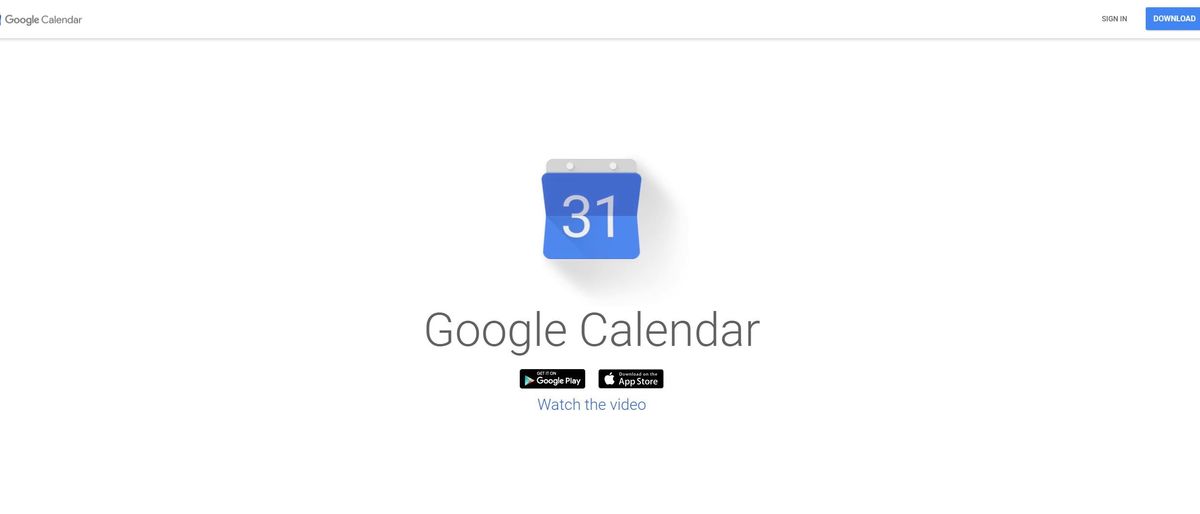TechRadar Verdict
Google Calendar lacks a handful of features that some users might miss, but it’s still an incredibly complete application that streamlines nearly every aspect of scheduling and sharing events.
Pros
- +
Lightweight, responsive design
- +
Easy to organize multiple calendars at a glance
- +
Offers a lot for free
- +
Integration with Google’s other services
Cons
- -
Few advanced features
- -
Weekly view can get messy with a large number of calendars
Why you can trust TechRadar
There are plenty of calendar apps on the market, from simple ones that just show the current week/month, to advanced solutions that feature complex scheduling and planning features.
Google is known for a somewhat simplistic approach to the design of its apps, but at the same time its solutions tend to be much more polished. Google’s apps also have the benefit of all being linked together in one ecosystem, which can greatly improve your productivity if you use other Google Workspace apps.
Today we'll be taking a closer look at the features offered in Google Calendar to see whether it earns a place among the best calendar apps on the market today.
Plans and pricing
Google Calendar is free by default, much like most of the company’s apps - and most users can comfortably stay on the free tier without ever feeling the need to upgrade. Upgrades are aimed more at business users, and are part of Google’s comprehensive Business Account program.
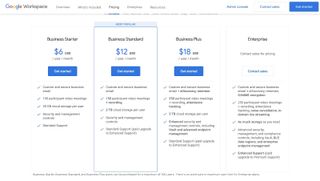
Most limitations therefore revolve around features that only make sense in the context of sharing a calendar with others. For example, a free Google Calendar can only be shared in read-only mode, while business accounts can make their calendars editable by others. For most people’s daily needs, the free version should be more than enough.
Features
Google Calendar offers a standard range of features similar to most other popular calendar apps on the market. Users can switch between multiple views (month/week/day/schedule), and toggle the display of specific calendars. That way, you can focus on your upcoming tasks without having your view cluttered by birthdays and holidays, for example.
The schedule view is a nice addition that’s not often found in other calendar apps, and offers a clean way to view the upcoming day, with all planned events listed sequentially.
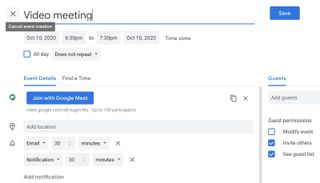
All events are stored online and linked to your Google account automatically, meaning they are immediately reflected in other connected Workspace apps. This goes beyond simply running other instances of Google Calendar on other devices, integrating with Gmail and a variety of other services, allowing you to take your organizing to the next level.
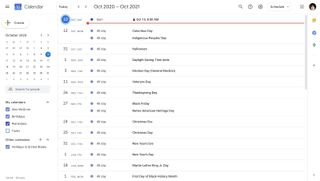
Interface and Use
The app features a clean, streamlined interface that follows Google’s traditional design principles. The visual presentation may seem a bit bare for some people’s standards, but it still gets the point across nicely. The web version of Google Calendar offers a similar set of features, though there are some notable differences.
For example, new calendars can only be created on a computer, and not in the mobile version of the app. Google Calendar is designed around the idea that it will be used on a computer and smart devices simultaneously, so those who prefer to focus on one single platform might not be too pleased with the discrepancies between the two platforms.
Installing Google Calendar is as straightforward as with any other Android app but the service is also available through a browser as well. All you need to do is log in with your Google account, and you’re good to go.
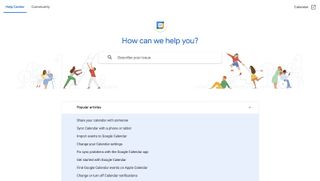
Support
Unfortunately, Google Calendar suffers from the main major drawback present in other Google apps – its support is pretty much nonexistent for free customers. There is a comprehensive knowledge base, and advanced algorithms will help you identify an answer to your questions most of the time. But if you reach a situation where you need to interact with actual, human support, you’re going to have a poor experience.
Business subscribers have it better, and the company does put a lot of effort into prioritizing their requests accordingly. But for most home users, the pricing of the business tiers is prohibitive and not really an option, leaving them without anything reliable in the way of support.
The competition
Compared to Apple Calendar, Google’s offering is noticeably more advanced in several areas. The app comes with several calendars built-in right off the bat, facilitating an easy transition from other platforms. It also integrates well with mobile operating systems, providing intuitive suggestions for creating events based on context in a more reliable way than Apple Calendar does.
It’s also a better overall package than its other popular competitor, Outlook Calendar. Outlook is clearly aimed at business users on a deeper level, and its functionality reflects that in various ways. Sharing calendars is typically easier with Google Calendar compared to Outlook, especially between a larger number of people.
Final verdict
Google Calendar may seem simple on the surface, but the app actually comes with a large number of features that should satisfy most people’s needs adequately. The pricing of the business plans can be a bit restrictive towards regular users, but for the most part, Google Calendar still offers plenty of features to those on its free plan.
We've also featured the best calendar apps and the best productivity tools
Alex is a writer focused on providing insightful, actionable content that can truly change the way readers approach their finances.
Alex has been writing as a freelancer for several years on a variety of topics including marketing, parenting, and customer relationships along with personal finance. He’s particularly interested in the way seemingly small adjustments can transform a person’s financial outlook.
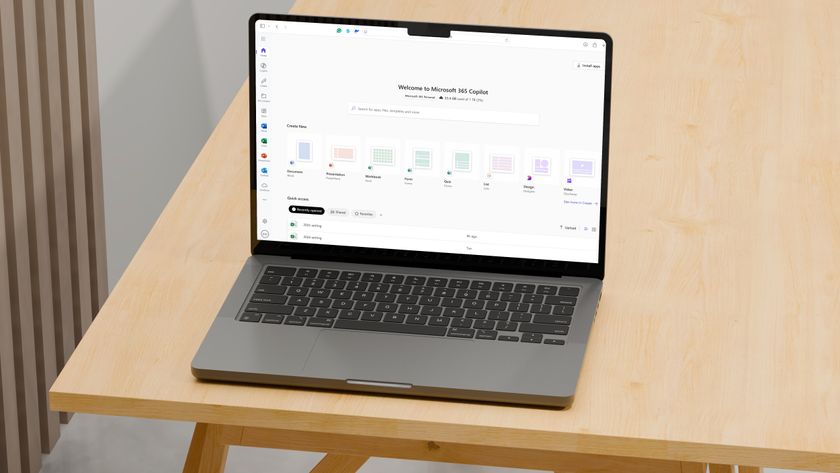
5 things I never realized about using Microsoft Office online
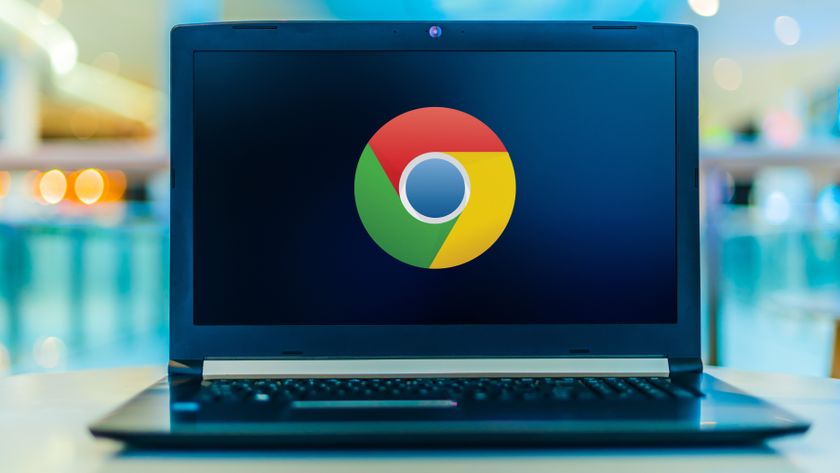
Gave up trying to install Chrome on Windows 11 because it wouldn’t work? Google has fixed this error, but I can’t believe how long it took

Humans as hardware - no, not the name of a new Matrix movie prequel but a shocking idea about human tissue
